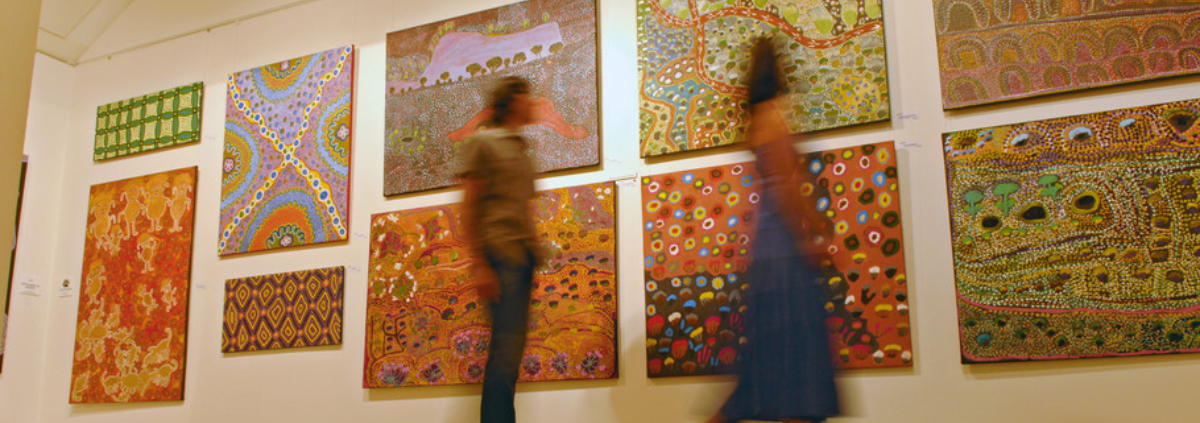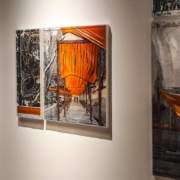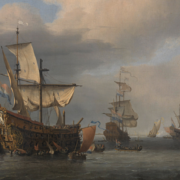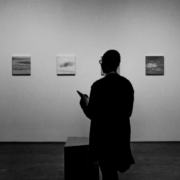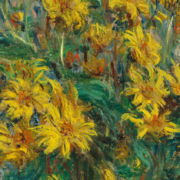The Collector’s Guide Part 9: How to Buy and Invest Wisely When Collecting Fine Art
In the latest article of our collector’s guide series, we’ll be delving into the nuances of purchasing and investing wisely in fine art. Whether you’re a seasoned collector or a newcomer to the art scene, these insights will serve as a compass to navigate the vast realm of artistic treasures.
Fine art is not just a possession; it’s an investment in culture, history, and creativity. Each stroke of a brush, every sculpted form, and every unique piece holds an intrinsic value. When you start on your journey of acquiring fine art, consider it as not only something to enjoy visually, but also as a tangible piece of expression that has the potential to appreciate in value over the years.
Where to Begin: Fine Art Dealer and Beyond
Engaging with a reputable fine art dealer is an excellent starting point for any collector. An experienced art dealer serves as a guide, offering insights into the art market and the current trends. In London, a city steeped in artistic history, the opportunities to find a knowledgeable fine art dealer are abundant. Seek out professionals with a passion for art, a keen eye for quality, and a commitment to transparency.
Buy Original Fine Art
While renowned artists and iconic pieces may tempt you, don’t overlook the allure of emerging talents. Investing in original fine art by promising artists can be a rewarding experience. Keep an open mind and explore diverse styles and mediums; you might stumble upon hidden gems that will become prized possessions in the future.
In this digital age, the internet has revolutionised the way we buy and sell fine art. Numerous platforms offer a vast array of fine art for sale online, making art accessible to a global audience. As you explore these online avenues, exercise caution and choose reputable websites that ensure the authenticity of the artwork. Read reviews, verify the seller’s credentials, and opt for platforms that prioritise secure transactions.
Research and Due Diligence
Before making any purchase, invest time in research. Familiarise yourself with the artist, their body of work, and the current market trends. Attend gallery exhibitions, art fairs, and auctions to gain firsthand experience and insights. A well-informed collector is better equipped to make sound decisions and discern the true value of a piece.
It can also be gratifying to establish a personal connection with artists. Attend artist talks, workshops, and studio visits to gain a deeper understanding of their creative process. Building relationships not only enhances the meaning behind your collection but may also provide opportunities for exclusive acquisitions and collaborations.
Once you’ve acquired a piece, safeguard its value by investing in proper preservation. Consult with professionals on framing, climate control, and handling guidelines. Keep detailed records of your collection, including certificates of authenticity, provenance, and any relevant documentation. These details not only add to the legacy of the artwork but also contribute to its market value over time.
Stay Informed: Fine Art for Sale Websites
To stay ahead in the dynamic art market, stay informed about the latest offerings through fine art for sale websites. Regularly browse reputable platforms to discover new artists, upcoming trends, and potential acquisitions. Many websites also provide valuable resources such as market reports, artist interviews, and expert analyses that can deepen your understanding of the art world.
While it’s tempting to get carried away by the allure of fine art, it’s crucial to set a realistic budget. Online platforms often offer a diverse range of pieces catering to various price points. Determine your budget before diving into the world of online fine art purchases, and don’t be swayed by the excitement of the moment. A well-planned budget ensures a balanced and sustainable collection.
Art as an Investment
While the primary motivation for collecting fine art may be personal enjoyment, it’s wise to consider the investment potential of your acquisitions. Consult with financial advisors and art market experts to understand the long-term value of your collection. Art has historically proven to be a resilient and appreciating asset class, making it a strategic component of a diversified investment portfolio.
If you have any further questions about buying and investing in fine art, Victoria Fine Art can help. If you’d like to set up an appointment, please don’t hesitate to get in touch. Feel free to complete this form, telephone +44 (0)1727 861669 or email info@victoria-fine-art.com for more information.

